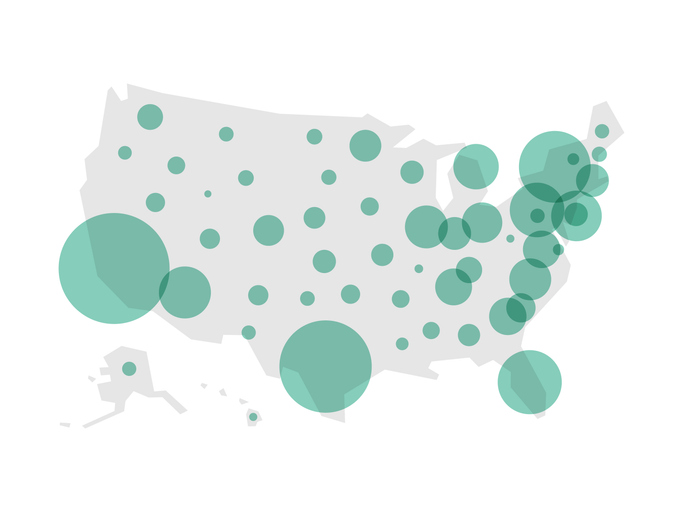
Dental deserts in the United States

Investigators may have uncovered the geographic distribution and characteristics of dental deserts in the United States.
In a cross-sectional study published in JAMA Network Open, the investigators used the IQVIA national practitioners’ database to examine the data of 205,762 U.S. dentists between November 2023 to April 2024. Using block group level data, they sought to map the spatial accessibility of dental clinics and identify potential dental deserts across the country.
The investigators discovered that up to 24.7 million patients resided in regions with less than one dentist per 5,000 residents, and nearly 1.7 million patients lacked access to dental clinics within a 30-minute drive.
Compared with urban regions, rural regions had a higher likelihood of being characterized as areas with dental care shortages. Further, areas that had high levels of segregation, socioeconomic deprivation and uninsured patients faced greater disparities in dental care access. The investigators noted that Alaska, Montana and North Dakota were the states with the largest proportion of the population residing in dental deserts. Conversely, Connecticut, Delaware, Indiana and New Jersey were found to have no dental deserts.
The investigators hope their findings can identify strategies to eliminate inequities in dental care access and inspire efforts to encourage dentists to practice in underserved areas across the United States.
Read more: JAMA Network Open
The article presented here is intended to inform you about the broader media perspective on dentistry, regardless of its alignment with the ADA's stance. It is important to note that publication of an article does not imply the ADA's endorsement, agreement, or promotion of its content.